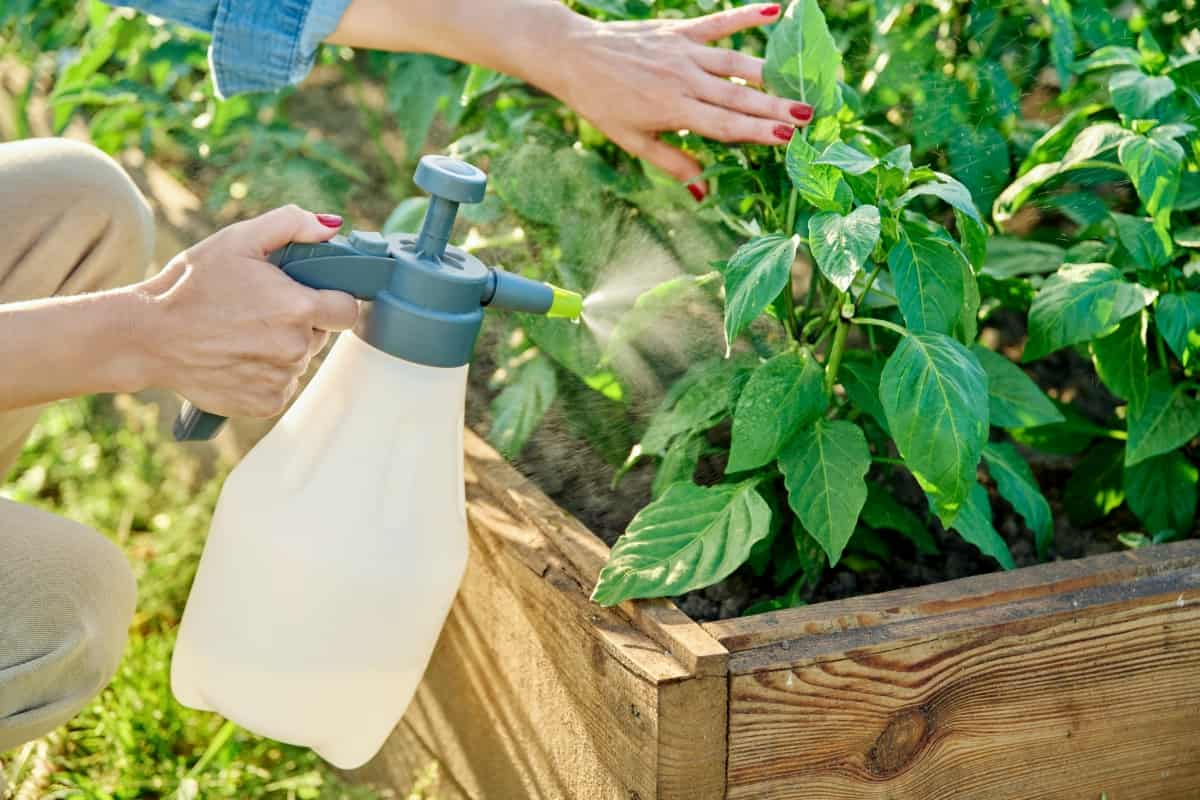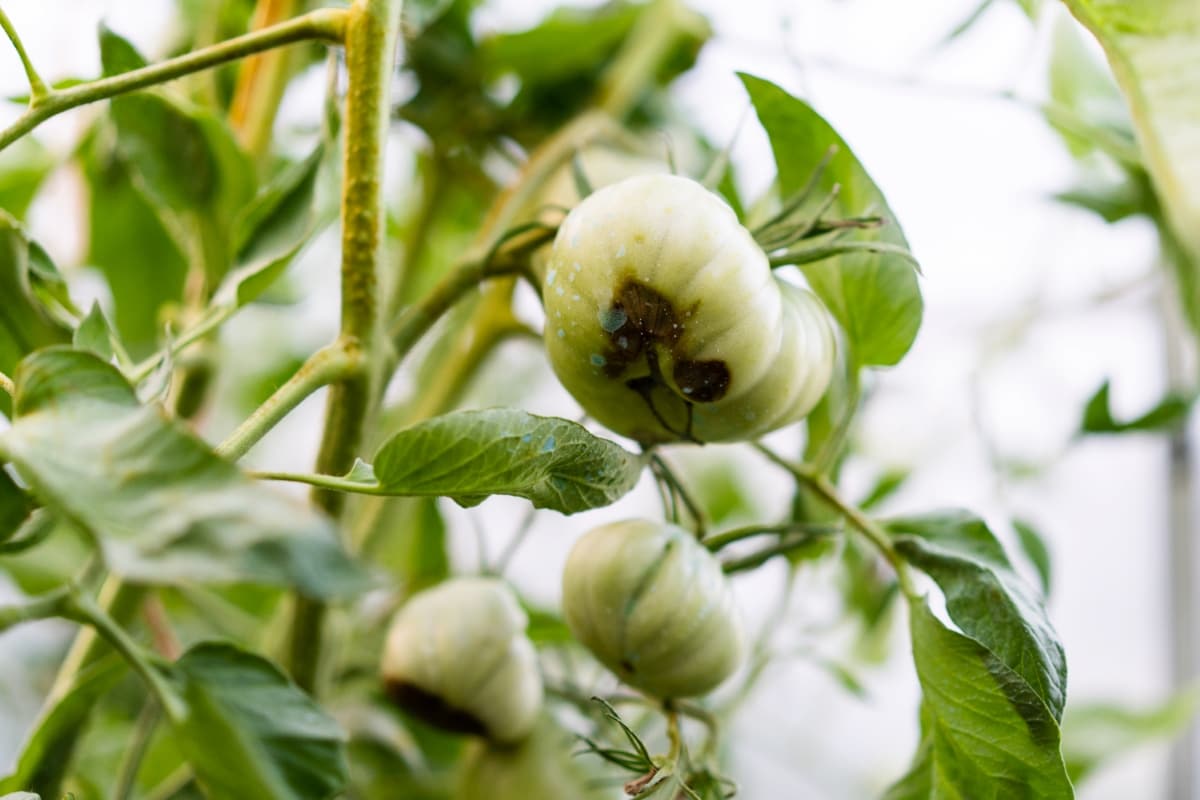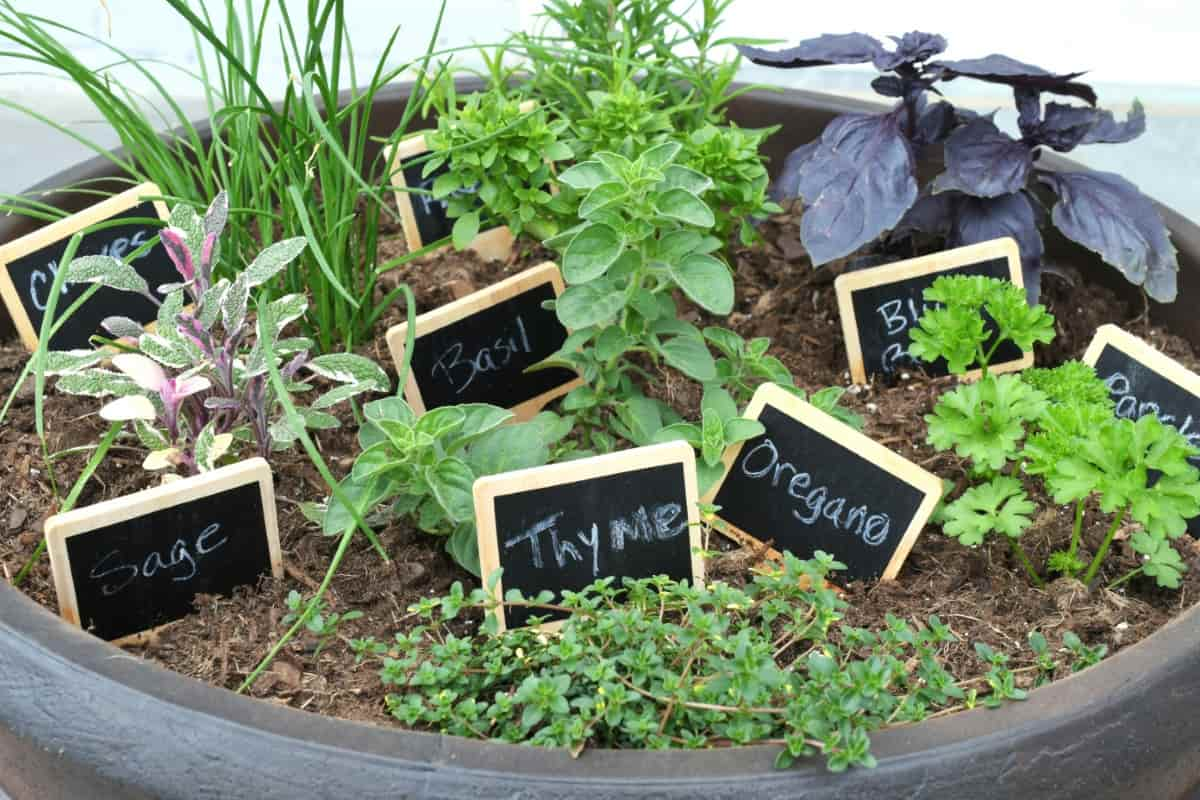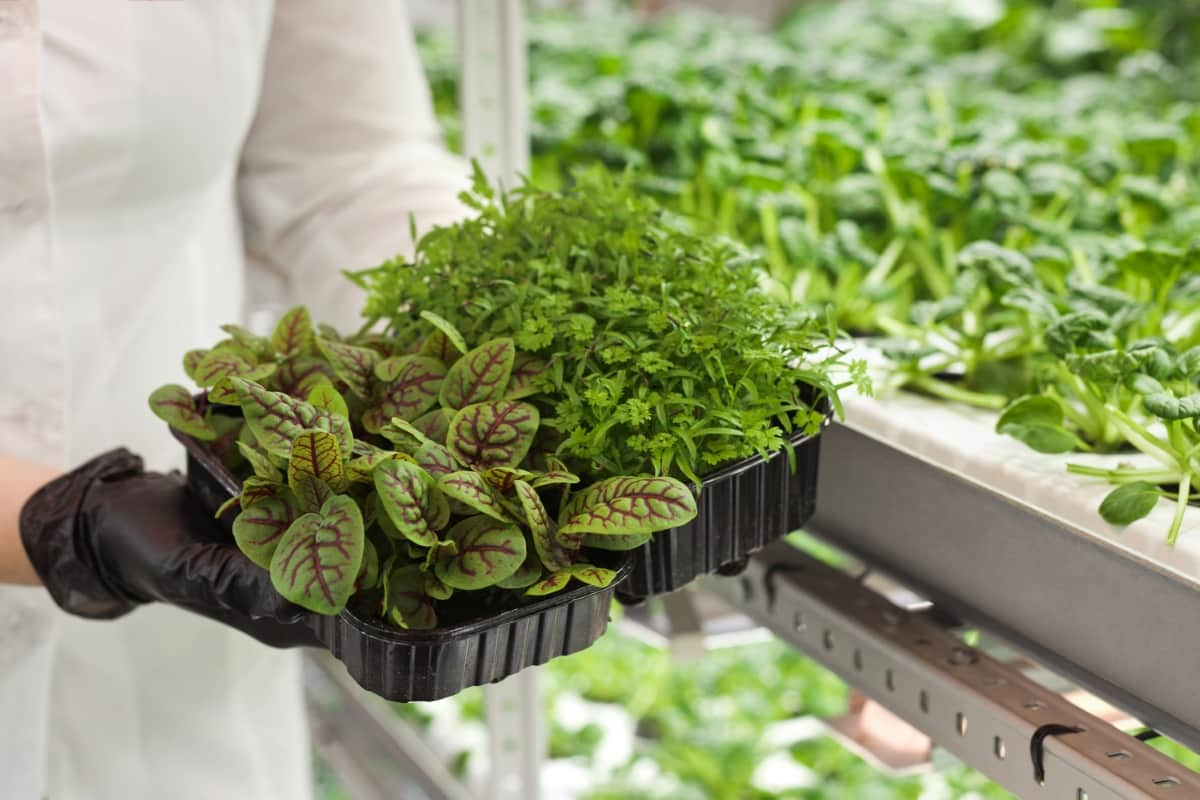Container plants can bring life and vibrancy to any space but are susceptible to fungal diseases that can compromise their health and beauty. Effectively managing these diseases is crucial for maintaining thriving potted gardens. In this guide, we will explore natural and organic treatments to control and prevent fungal infections in container plants.

Management of Fungal Diseases in Container Plants
Causes of Fungal Diseases
- Excessive moisture creates a favorable environment for fungal growth.
- Inadequate drainage can lead to waterlogged soil, promoting fungal diseases.
- Plants placed too closely restrict airflow, increasing humidity and fungal risk.
- Fungal spores in contaminated soil can infect plants.
- Introducing infected plants or using contaminated tools spreads fungal diseases.
- Containers in high-humidity environments are prone to fungal issues.
- Insufficient sunlight limits plant vigor and makes them susceptible to fungal infections.
- Poor air circulation in confined spaces encourages fungal growth on plant surfaces.
Symptoms of Fungal Infections
- Fungal infections often lead to yellowing of leaves, starting from the lower part of the plant.
- Infected plants may exhibit wilting, even when soil moisture is adequate, due to disrupted water transport caused by the fungus.
- Fungi can impede the plant’s ability to take up nutrients, resulting in stunted overall growth.
- The presence of powdery, white, or gray mold on the surface of leaves, stems, or soil is a clear indicator of a fungal infection.
- Fungal infections commonly manifest as dark spots or lesions on the leaves, compromising their health.
- Some fungal infections produce a characteristic unpleasant odor, signaling advanced stages of decay.
- Seedlings may succumb to damping off, where they collapse at the soil line due to fungal attack.
- Fungal infections can lead to abnormal growth, causing twisting, curling, or distortion of leaves and stems.
Preventive Measures
- Importance of proper container selection and soil mix.
- Guidelines on watering practices to avoid overhydration.
- Encouraging good air circulation around plants.
- Introduction to natural and organic preventive treatments.
Identifying Common Fungal Diseases in Container Plants: A Comprehensive Guide
Powdery Mildew: Recognized by a white, powdery substance on leaves, powdery mildew affects various plants. It thrives in dry conditions with high humidity, often appearing on the upper surfaces of leaves.
Root Rot: This fungal disease attacks the plant’s roots, causing wilting and yellowing of leaves. Overwatering and poorly draining containers create favorable conditions for the development of root rot.
Botrytis Blight (Gray Mold): Identified by grayish-brown mold on leaves, flowers, or stems, botrytis blight typically occurs in humid conditions. It can lead to the decay of plant tissues.
Downy Mildew: It is characterized by yellow spots on the lower surface of leaves and a downy-like growth on the undersides. Downy mildew thrives in cool, moist conditions.
Fusarium Wilt: This disease causes wilting and yellowing of leaves, usually starting on one side of the plant. The plant’s vascular system becomes discolored, and the plant may eventually die.
In case you missed it: How to Control Container Garden Pests Naturally: How to Get Rid of Them with Natural and Organic Treatment

Natural and Organic Treatments for Controlling Fungal Diseases in Container Plants
Natural and organic treatments can combat fungal diseases in container plants. Neem oil, derived from the neem tree, acts as a potent antifungal agent, disrupting the life cycle of pathogens. Copper-based fungicides are another effective organic option. These formulations are gentle on plants while effectively managing fungal infections.
Enhancing soil health with organic amendments, such as compost, promotes a balanced and disease-resistant environment. Implementing these natural treatments controls fungal issues and fosters a sustainable and eco-friendly approach to container plant care.
Implementing Cultural Practices to Prevent Fungal Diseases in Container Plants
Ensure proper spacing between plants to enhance air circulation, reducing humidity. Opt for well-draining potting mix and containers to discourage waterlogging. Regularly inspect plants for early signs of infection and promptly remove affected foliage. Implementing a preventive watering routine at the base and avoiding overhead irrigation minimizes leaf moisture. Employ organic mulches to regulate soil temperature and moisture. Rotate plant varieties to deter disease buildup. These cultural practices collectively create an environment inhospitable to fungal diseases, promoting the overall health and resilience of container plants.
Using Neem Oil as an Effective Natural Treatment for Fungal Diseases in Container Plants
Neem oil is a potent and natural treatment for fungal diseases in container plants. Derived from the neem tree, it possesses antifungal properties that disrupt the life cycle of pathogens. Applying neem oil creates a protective barrier on plant surfaces, inhibiting fungal growth and development. This organic solution is effective against various fungal infections, including powdery mildew and rust. Neem oil not only combats existing issues but also acts as a preventive measure, making it a sustainable and eco-friendly choice for maintaining the health and vitality of container plants.
The Power of Copper-Based Fungicides in Controlling Fungal Diseases in Container Plants
Harnessing the power of copper-based fungicides is a compelling strategy for controlling fungal diseases in container plants. These organic formulations leverage the antimicrobial properties of copper to combat pathogens effectively. Applied as a protective spray, copper-based fungicides create a shield on plant surfaces, preventing the establishment and spread of fungi.
In case you missed it: How to Prevent Fungal Diseases on Garden Plants with Neem Oil: Natural and Organic Solution

Particularly adept at managing diseases like downy mildew and blight, copper-based treatments are eco-friendly and plant-friendly. By disrupting fungal development, they provide a robust defense against infections while minimizing environmental impact, making them a valuable tool in the arsenal for maintaining the health and resilience of container plants.
Soil Management and Fungal Disease Control in Container Plants
Harnessing the power of copper-based fungicides proves instrumental in effectively controlling fungal diseases in container plants. Copper compounds act as broad-spectrum fungicides, inhibiting fungal growth and spore development. These organic formulations defend against common pathogens like powdery mildew and downy mildew.
Applied preventively or as a targeted treatment, copper-based fungicides offer a sustainable and plant-friendly solution. Their versatility, low toxicity to plants, and minimal environmental impact make them a valuable tool for managing fungal infections in container plants, ensuring a balance between effective disease control and ecological responsibility.
Proper Watering Techniques to Prevent Fungal Diseases in Container Plants
Adopting proper watering techniques is paramount for preventing fungal diseases in container plants. Water at the base, avoiding overhead irrigation, to minimize moisture on leaves and reduce the risk of fungal spore germination. Implement a consistent watering schedule, allowing the soil to dry out slightly between waterings to discourage fungal growth.
Ensure containers have drainage holes, preventing waterlogged soil that can foster diseases. Use a well-draining potting mix to maintain an optimal moisture balance. By adhering to these watering practices, you create an environment discouraging fungal development, promoting your container plants’ overall health and resilience.
Integrated Pest Management Strategies for Fungal Diseases in Container Plants
Implementing Integrated Pest Management (IPM) strategies is crucial for combatting fungal diseases in container plants. Start with disease-resistant plant varieties, ensuring a robust first line of defense. Regularly monitor plants for early signs of infection and promptly address issues. Maintain proper spacing and ventilation to reduce humidity, limiting favorable conditions for fungal growth.
In case you missed it: How to Use Mineral Oils to Control Insects and Fungal Diseases: Every Gardener Must Know These

Use organic treatments like neem oil or copper-based fungicides judiciously. Introduce beneficial insects, such as ladybugs, which prey on harmful pests contributing to fungal problems. Combining these strategies, an integrated approach manages current issues and establishes a proactive and sustainable defense against fungal diseases in container plants.
Conclusion
In conclusion, managing fungal diseases in container plants requires a holistic approach. By combining the above-discussed strategies, container plant enthusiasts can foster a resilient environment, ensuring the long-term well-being of their plants and minimizing the impact of fungal diseases.
- Types of Fungicides Used in Agriculture
- Common Issues in the Fruit Development Stage of Pomegranate Farming
- Fruit Development Issues in Papaya: Easy Solutions and Treatment
- Soil-Borne Diseases and How to Protect Your Plants
- Practices to Prevent Disease Spread in the Garden
- From Wilted to Thriving: How to Treat Root Rot Naturally in Houseplants
- Natural Remedies to Cure Brown Spots on Fig Tree Leaves
- Natural Solutions for Poinsettia Problems: 100% Effective Remedies
- How to Control Calla Lily Problems: Natural Remedies for Leaf and Flower Problems